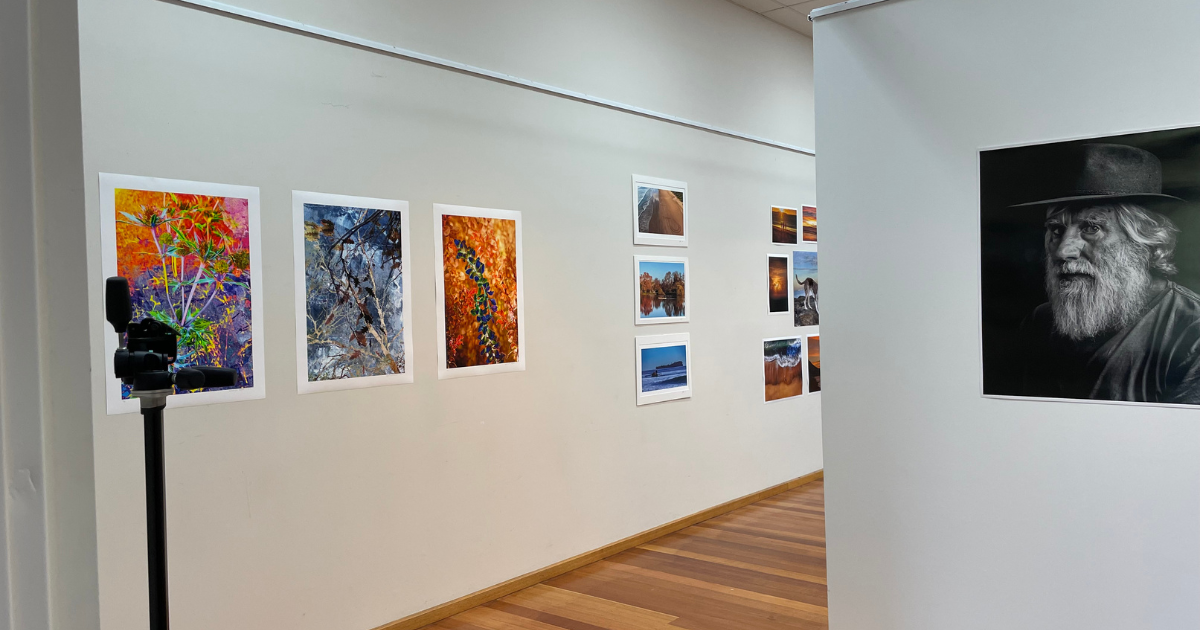Committee for Lorne – Tools that built the Great Ocean Road
On June 21, representatives of the Lorne Historical Society, including President Gary Allen, met with representatives of Regional Roads Victoria (RRV) to receive a presentation to the Society of two tools used during the construction of the Great Ocean Road.
It is poignant that this presentation should occur in this, the centenary year of the start of the project to construct the Great Ocean Road.
This event had its genesis when Damien Smith, a property owner on Big Hill, noticed what appeared to be a
steel rod protruding from a rock recently cleared as part of a project to net the cliff faces leading up Big Hill. Damien
contacted the Historical Society and in turn, contact was made with Regional Roads Victoria asking if they would
consider recovering the steel rod and donating it to the Society’s collection.
It eventuated that RRV geotechnical crews working to stabilise the steep cliff faces that run on the inside edge of the Great Ocean Road had, in fact, discovered three historic items left behind by the diggers who built the tourist road.
The 2018 discoveries included two metal rods still embedded in the ground and remnants of a stick of gelignite.
Big Hill
The first metal rod was discovered near Big Hill, on the cliff above the Great Ocean Road.
It is approximately 161cm long and 20mm in diameter. The hexagonal iron bar is sharpened to a point at one end and with a short ‘collar’ at the opposite end which would slot into the chuck of a pneumatic drill. The bar appears to have been manufactured with a circular hollow (8mm dia) through the centre and for the entire length. It was found partially inserted into rock, pointed end down. Significant surface rust across whole bar had severely worn at the collar end. The metal has now been professionally stabilised.
Cumberland River
The second metal rod was discovered about 300 metres south-west of Cumberland River.
This rod has weathered the Great Ocean Road coastal conditions much better. It appears to be a digging or leveraging tool
similar to a lightweight crowbar. It has a distinct flat, sharp blade at one end and a four-sided point at the other. It also was
found partially inserted into the friable batter but not into solid rock. There was significant surface rust across the whole bar.
RRV chief regional roads officer Paul Northey said he was pleased to be able to present these tools to the Lorne Historical
Society in celebration of the 100 years since construction began on the road.
“We’re really proud to be able to help preserve a little piece of the Great Ocean Road’s history.
“While the original road builders used picks, shovels and crowbars, today are tools are a bit more high-tech. We operate weather stations along the road to measure and monitor rainfall and soil moisture content, and fly drones above and below the road in areas previously inaccessible to surveyors.
“We use sheets of steel mesh to stabilise and protect cliff faces and rock armour along the foreshore to help protect the road from the impacts of coastal erosion.
“As the caretakers of this icon, we’re working hard to ensure future generations can continue to enjoy this historical coastal
road as much as we do now.”
The tools are now on display at the Lorne Visitor Information Centre.


















